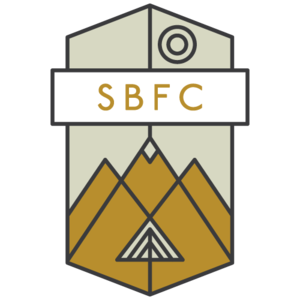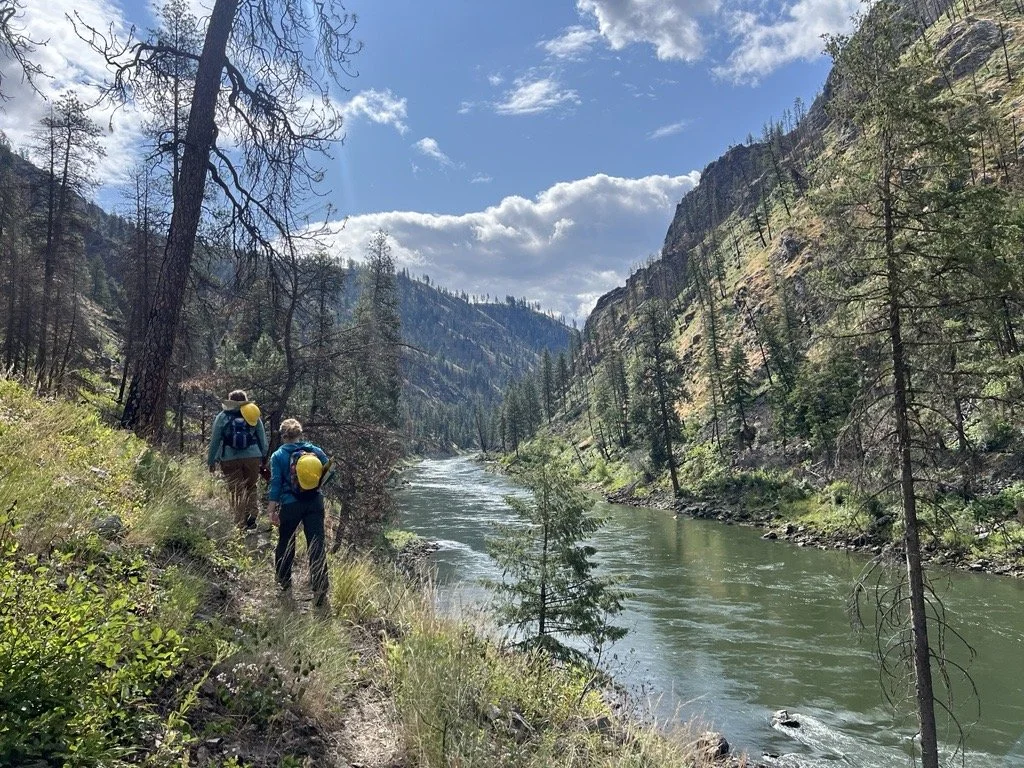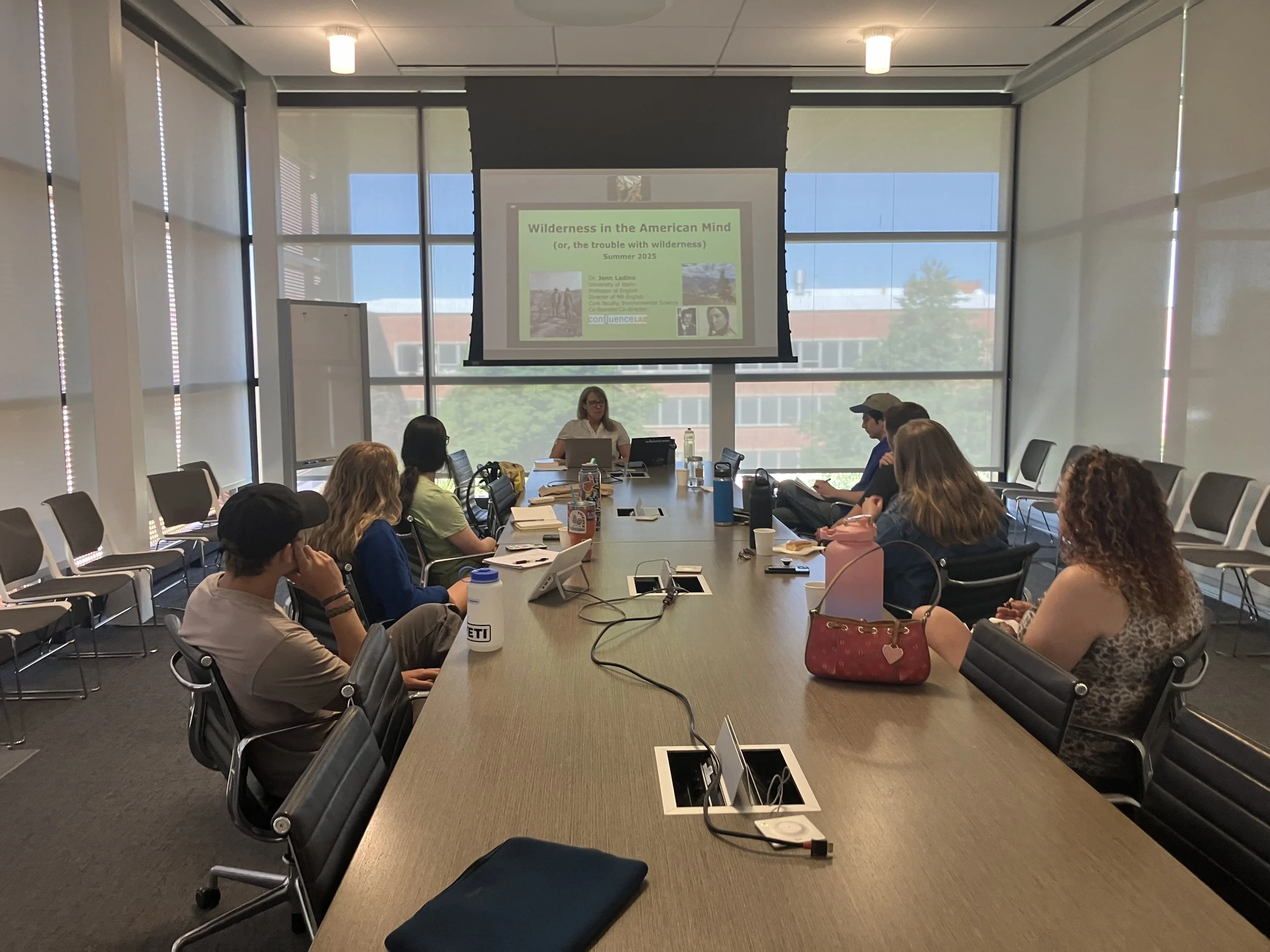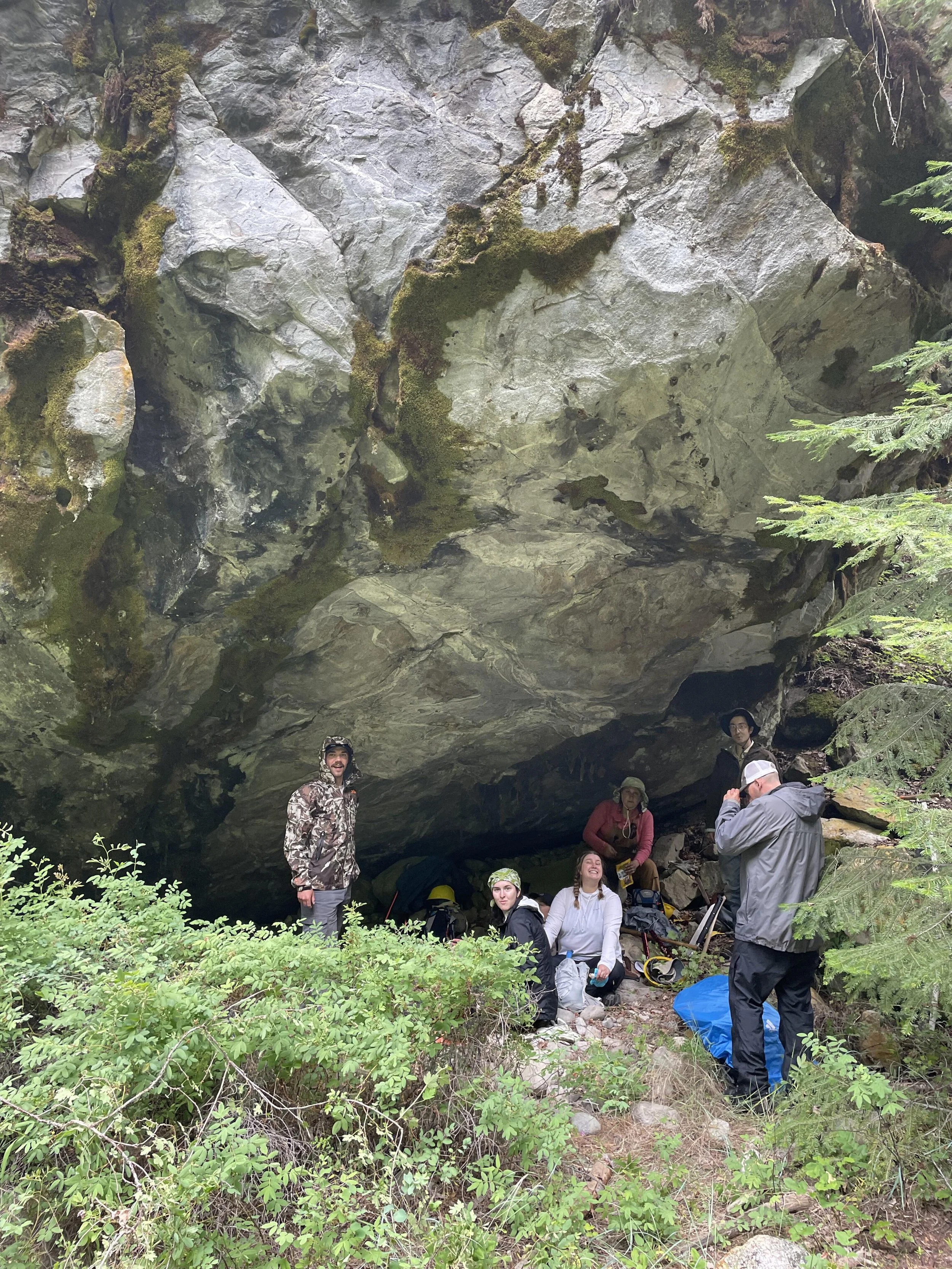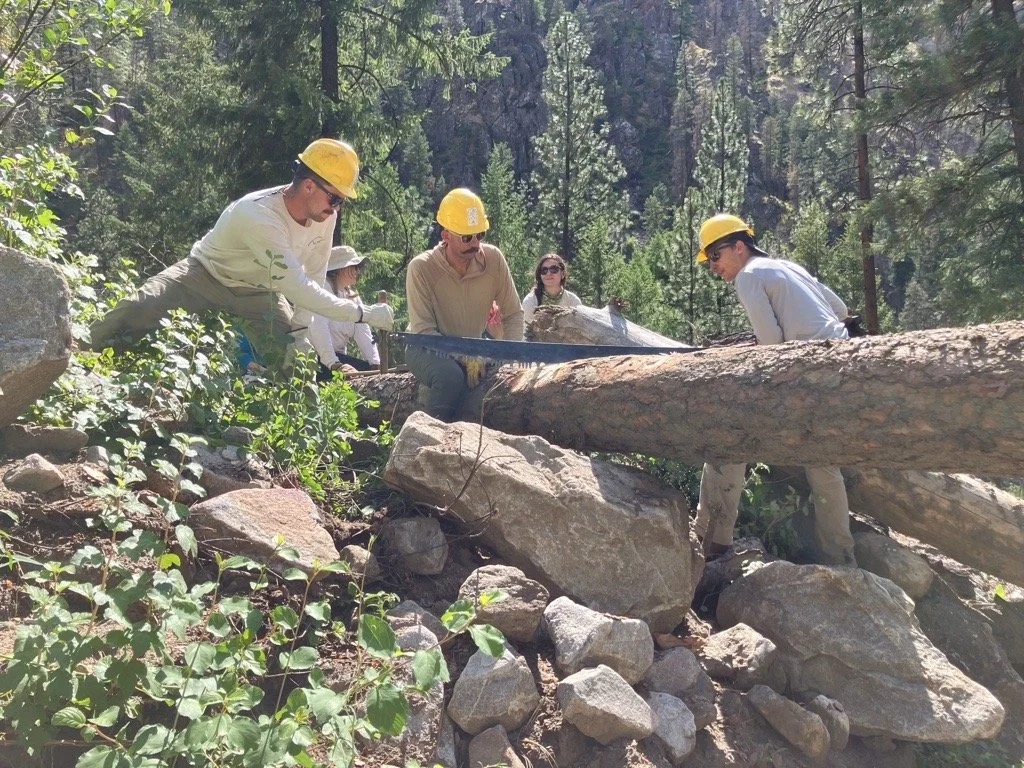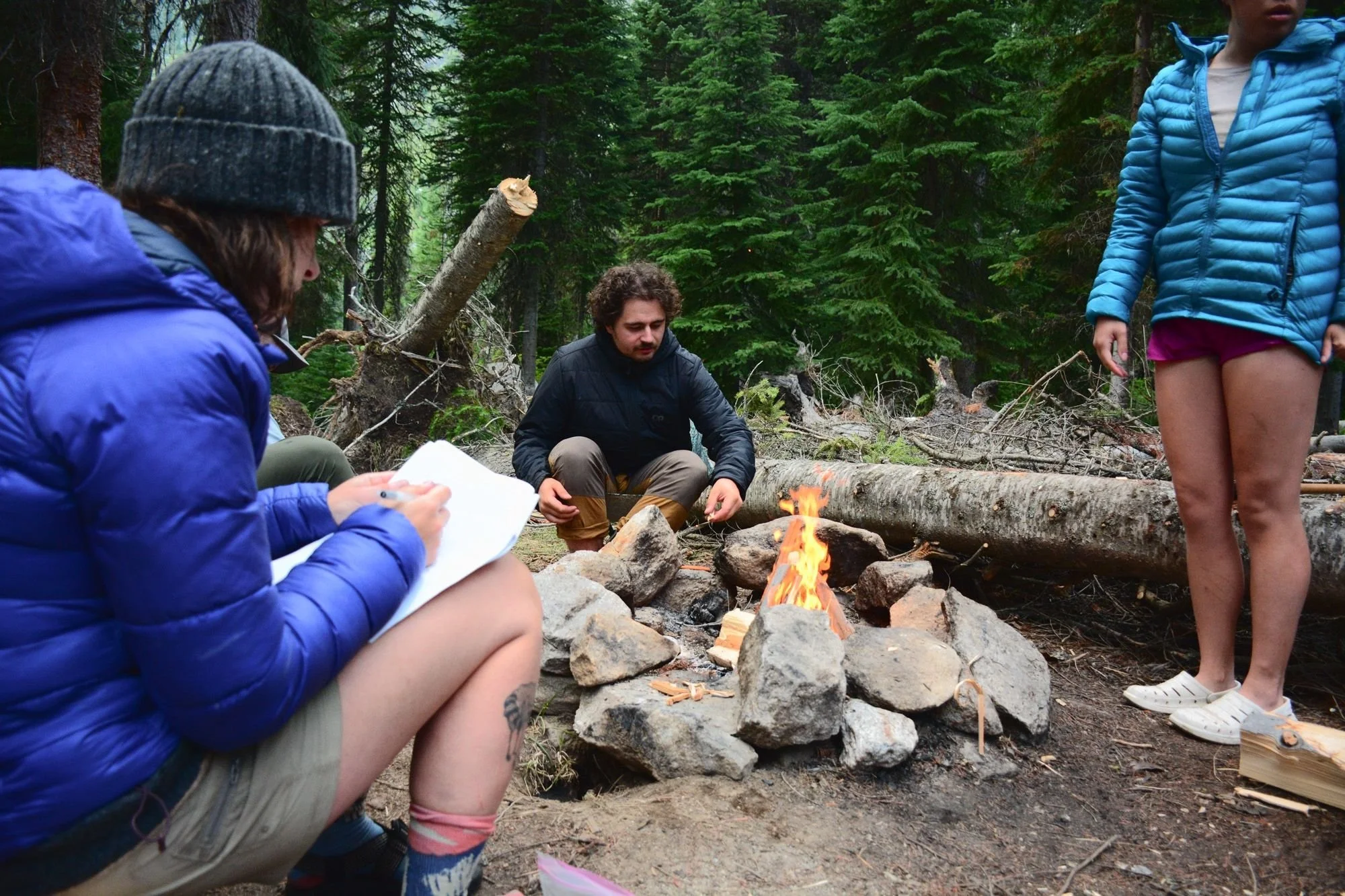Michael Decker
Director, College of Graduate Studies | University of Idaho
Bargamin Creek Trail | Nez Perce-Clearwater National Forests
Selway-Bitterroot Wilderness
June 19-23, 2025
I cast my prince nymph into the “chop” where Bargamin Creek meets the main Salmon River. Ben, a College of Natural Resources graduate student, sits on a nearby rock watching the sun go down over the Frank Church Wilderness. Above me, a small plume of smoke from our campfire breaks through the trees. I meditate on the smell of campfire smoke after a good, heavy rain. Several others from our group of graduate students bathe in the river to wash away a hard day of trail work.
Last year, my colleague, Bert Baumgaertner, and I started the Graduate Wilderness Course at the University of Idaho (UI). The idea was relatively simple: get graduate students into the woods and orient their unique research interests around it. Why? Perhaps, the Wilderness can stop being just “out there” or just an experience had within the official boundaries of a Wilderness area. We want students to learn Wilderness principles that can be incorporated into non-Wilderness spaces. We aim to subvert an Edenic perspective and situate Wilderness within the human world.
Hiking along the Main Salmon River
Environmental historian William Cronon states in his essay “The Trouble with Wilderness” that Wilderness is a human space. In fact, it is “the creation of very particular human cultures at very particular moments in human history.” We want our graduate students to understand that Wilderness can inspire a sense of care and responsibility that transcends its boundaries. Afterall, Cronon ends his piece with the image of a plant pushing its way through a concrete sidewalk implying that such an act of persistence is “wild” in the truest sense of the word.
Jenn Ladino speaks to graduate students during classroom learning day
We partner with SBFC (among many reasons) because an essential part of forming a Wilderness ethic is to have a Wilderness experience. This, Bert and I believe, requires a degree of physicality, which our course achieves through the trail work required to keep the Wilderness open and accessible. You must feel your own body within the environment, which is often an uncomfortable experience. This is also in line with the namesake of our course’s funding source, Connie Saylor Johnson, a Wilderness advocate, who believed that all one must do is get out once in the Wilderness to be hooked. Once you see the Wilderness, feel it in your bones and in your soul, you will always care for it.
Graduate students and Bert taking shelter beneath a large boulder
Our assigned project is to clear trees and brush along Bargamin Creek Trail #502. Earlier in the day, we had to seek shelter under a large rock because the rain was coming down hard. Students cleared trees with the “misery whip” or crosscut saw. They pushed cut tree segments off the trail by sitting four in a row and pushing with their legs. Now, I look up at our camp and see students who are tired, some letting the cold river water run over their aching bodies, eating snacks, journaling. Some are laying on their sleeping pads, hats over their faces, asleep. I think to myself, this is the point.
As I walk back to camp, a student stops me and begins to cry. The experience is foreign to her, and she feels like her inexperience is holding the group back. I explain that she is achieving one of the most essential deliverables: she has become estranged from a space of comfort and familiarity. Thinking about it, the Wilderness is often described as a kind of homecoming, a return to a natural state that humans have adapted to over millennia, but our everyday world, where we spend most of our time, is increasingly less wild. I remind her of one of our course's pre-lectures when UI faculty member, Nate Moody, explained that one does not get to the Wilderness by mistake. You place yourself in the Wilderness intentionally.
Graduate students clearing a large tree with a crosscut
The central assignment of the course is to write a Wilderness land ethic based on Aldo Leopold’s famous essay “The Land Ethic” from A Sand County Almanac. I gave students printed copies and notebooks prior to leaving. After trail work is done each day, they must read and write their own Wilderness land ethic. On the last day of the trip, we read these aloud to one another.
And as we leave the official boundaries of the Frank and pass the riparian meadows of the Red River, we stop in Elk City, Idaho for burgers and shakes. The server jokes that they are “out of food.” An old man waves and say, “Welcome to Elk City.” Waiting for our food, we read the ethics aloud. Here is what strikes me:
Students can clearly link Wilderness ethics to their research. Architects discuss the principles of rewilding and incorporating natural light and shadows into the built environment. Natural resource students wrestle with non-intervention as a form of intervention. Art students meditate on ecological kinship and honoring the land. English students want to create simulated environments for those who cannot go to nature easily.
Everyone reframes the Wilderness as a community space. This is important because much of the history of the American West is predicated on the concept of rugged individualism.
Students reading Leopold and writing their ethics by headlamp
Wilderness, we remind the students, is a collective space. This includes human(s) not just human. It takes the cooperation of government, non-profit groups, and individuals. It also includes the flora, natural processes like weather and fire, and the injured deer we watched limp up the hillside near Yellow Pine Bar, scared but unable to flee quickly as we hiked back to our van.
About the Author:
Michael Decker is a director in the College of Graduate Studies at the University of Idaho and partners with several non-profits to do Wilderness outreach and education. He has also started the only academic conference on the study and preservation of fire lookout towers, The National Interdisciplinary Lookout Conference, and often discusses their relationship to Wilderness. When he isn't working, you can find him hiking, fly fishing, or trail running with his dog, Trout.
